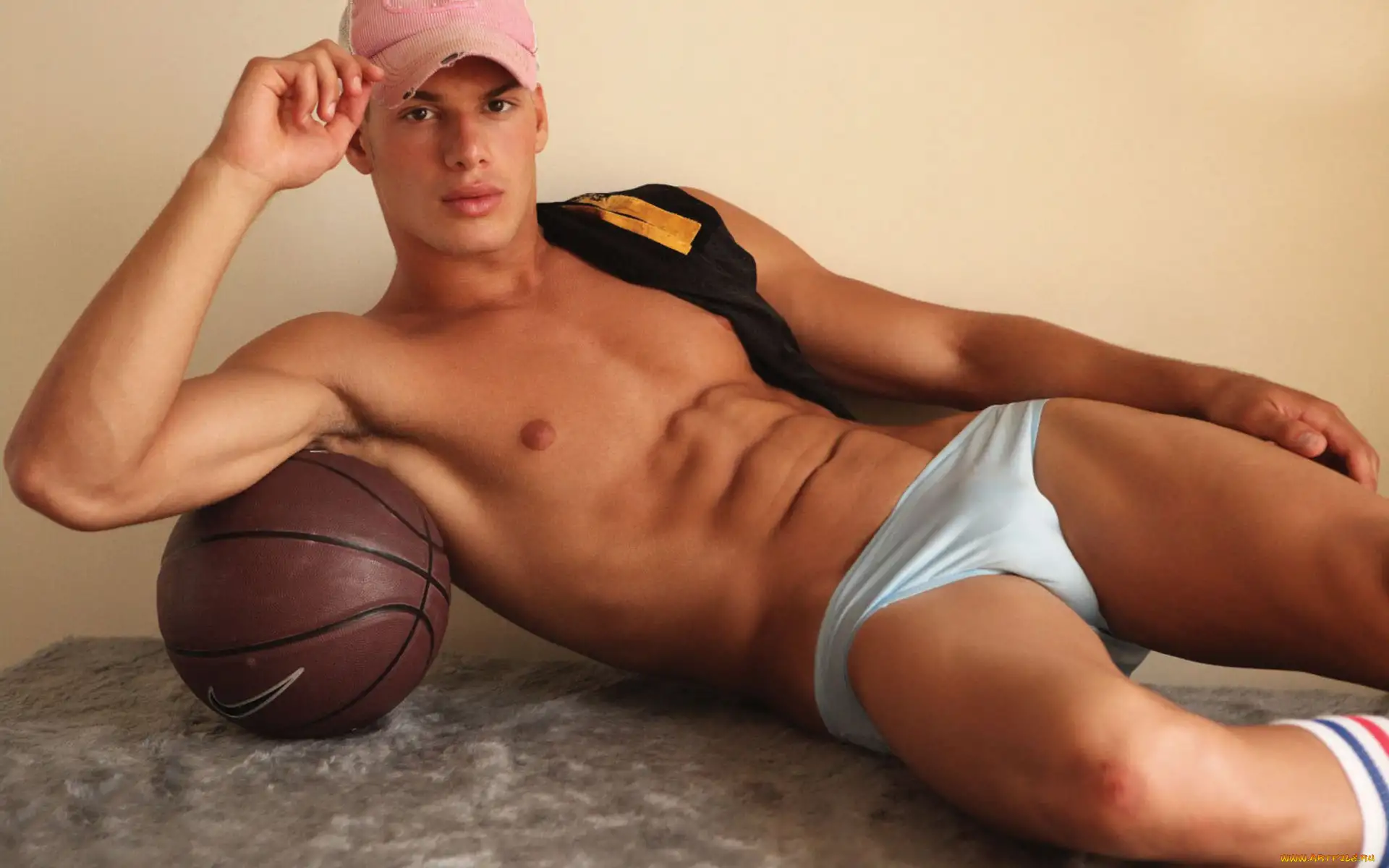Delve into the enigmatic world of micro-sized fashion with our illuminating journey through the intricate landscapes of From Mini Mars to Micro Menopause: Navigating the Micro-Size Dilemma for Female Clothing. Dive deep into this alluring domain, where the sizes are minuscule, and the issues we face as women are similarly miniaturized. Embark on this mesmerizing odyssey, as we unravel the puzzling perplexities plaguing our quest for the perfect ensemble in an ever-shrinking fashion realm. Strap yourself in and prepare to be captivated, as we embark on an unforgettable exploration – From Mini Mars to Micro Menopause.
Table of Contents
- 1. Exploring the Micro-Size Dilemma: Understanding the Challenges of Female Clothing
- 2. The Evolution of Micro-Sizing in Fashion: The Impact on Female Clothing
- 3. Addressing the Micro-Menopause Issue: Tailoring Solutions for Female Apparel
- 4. Reimagining Fashion for Female Micro-Sizers: Creating Inclusive and Stylish Options
- Future Outlook

1. Exploring the Micro-Size Dilemma: Understanding the Challenges of Female Clothing
In the ever-evolving world of fashion and design, one significant dilemma that has been persistently raising eyebrows is the micro-size problem – the real-life struggle faced by women in navigating sizing options for clothing. The micro-size refers to the size of clothing that is too small for an average female body. This issue is further compounded by the fact that women come in various shapes and sizes, and the fashion industry does not always cater to these disparities. As a result, many individuals find themselves struggling to find appropriate clothing that not only fits their body but also flatters their figure.
There are several reasons behind this micro-size dilemma:
– The pursuit of a perceived ideal: Since the fashion industry often caters to a specific beauty standard, designers often create clothing lines that prioritize a micro-size silhouette, which only serves to exclude a significant portion of the female population.
– Poor fabric choice: The use of materials that are too tight, thin, or lack stretch can contribute to the discomfort and ill-fitting nature of certain garments.
– Lack of sizing diversity: Clothing brands and retailers often only stock a limited number of sizing options, with sizes beyond these ranges became increasingly scarce.
To tackle the micro-size problem, it is essential to promote body diversity and encourage innovative sizing methods in the fashion industry. Retailers and designers should:
– Implement plus-sizing options: Brands should offer a comprehensive range of sizes, from petite to plus, to accommodate the diverse needs of their customer base.
– Utilize modular sizing: Modular sizing allows customers to customize their clothing by combining different size components, ensuring that each ensemble fits the customer’s unique body structure.
– Encourage body positivity: The fashion industry should celebrate and embrace different body shapes and sizes, promoting inclusivity and representational diversity in their advertising campaigns.
In conclusion, the micro-size dilemma is a complex and multifaceted issue that needs to be addressed by the fashion industry and the general public. By promoting body diversity and implementing innovative sizing solutions, we can help level the playing field for women across the board and ensure that everyone gets to experience the joy and comfort of clothing that fits.
2. The Evolution of Micro-Sizing in Fashion: The Impact on Female Clothing
One of the most significant developments in recent years has been the evolution of micro-sizing in the fashion industry. This trend can be observed primarily in the female apparel segment as it has become increasingly difficult for manufacturers and designers to keep up with the ever-changing preferences of modern women. The impact of micro-sizing on female clothing can be examined from various angles, such as its influence on body image, the fashion industry’s response to consumer demands, and the potential consequences of this trend for environmental sustainability.
The use of micro-sizes has emerged as a direct response to the decreasing average size of women in developed countries. As more and more individuals opt for healthier lifestyles and exercise routines, clothing producers have been forced to adapt their designs to fit the changing demographics. This shift towards smaller garment sizes has led to an unprecedented focus on the individual consumer’s body shape and personal style. Additionally, the preference for more comfortable and adaptable clothing has further pushed the fashion industry towards the adoption of micro-sizing. For example, the rise of athleisure wear and activewear has played a prominent role in popularizing this trend as these clothing items often come in mini or petite sizes, catering to the needs of both fitness enthusiasts and casual wearers. Despite its undeniable advantages, the impact of micro-sizing on female clothing raises several concerns as well.

3. Addressing the Micro-Menopause Issue: Tailoring Solutions for Female Apparel
In the ever-evolving fashion industry, one of the most pressing issues faced by women is the micro-menopause. Also known as “perimenopause” and “climacteric,” this transitional phase brings about fluctuating hormonal levels, leaving many women feeling uncomfortable and in need of suitable attire. Today, we will discuss the micro-menopause issue and explore tailored solutions specifically designed for female apparel.
Some key factors to consider when addressing this problem include:
- Materials andTEXTURES: Traditional fabrics like cotton and rayon can cause irritation and discomfort during the micro-menopause. Investing in breathable, moisture-wicking materials such as bamboo, wool, and spandex is essential to provide relief from hot flashes and chafing.
- FIT and COMFORT: Bold patterns, body-hugging styles, and high waistlines can worsen hot flashes by trapping heat. Opting for soft, form-fitting designs and mid-length hemlines ensures ample breathing room for a more comfortable fit.
- COLOR AND TIMING: The right colors can significantly impact the thermoregulatory effect. Pairing light-colored tops and bottoms with dark-colored accessories can help maintain a cooling effect. Alternatively, incorporating seasonal hues like cool earth tones and greens can also contribute to a well-balanced look.
By keeping these factors in mind, we can develop a wardrobe specifically tailored to address the micro-menopause issue and create a more comfortable, stylish, and functional environment for women during this transitional stage.

4. Reimagining Fashion for Female Micro-Sizers: Creating Inclusive and Stylish Options
In our rapidly changing world, fashion has always played a significant role in shaping self-expression and social identity. However, recent years have brought forth a new awareness and call for inclusivity within the fashion industry. For female micro-sizers, this translates to reimagining clothing options that not only flatter their petite sizes but also cater to their unique tastes and personal styles. This can be achieved by crafting garments with an emphasis on functionality, versatility, and sustainability. Here are some ideas to jumpstart the process:
- Body-conscious designs: Fine-tune your creation process to suit the needs of micro-sized customers. This includes considering their body proportions, unique pains points, and areas of restriction. By doing so, you can create clothing that hugs their body’s curves and accentuates their natural assets.
- Versatile silhouettes: Design garments with a neutral silhouette that can be easily dressed up or down. This approach ensures that customers can wear your creations with confidence, regardless of the occasion or their personal style preferences.
To further promote inclusivity and sustainability, consider incorporating the following strategies into your design process:
- Utilizing eco-friendly materials: Experiment with sustainable fabrics, such as organic cotton and bamboo, to reduce the environmental impact of your production processes and encourage ethical consumption.
- Incorporating recycled and upcycled elements: By incorporating repurposed materials, you can not only reduce waste but also give a new lease of life to discarded materials. This adds a sense of authenticity and originality to your designs, further engaging female micro-sizers and cementing your brand’s commitment to sustainability.
By embracing the unique needs of female micro-sizers and incorporating sustainable practices into your creative process, you can successfully reimagine fashion for this population and create stylish, inclusive options that catapult them to the forefront of the fashion scene.
Future Outlook
In conclusion, the micro-size dilemma has become an increasingly prevalent issue for women seeking to dress modestly and comfortably in our modern world. While fitting into the realm of miniature marsupials and microscopic insects may not be our primary concern, it is essential to acknowledge the challenges presented by miniaturized apparel. As fashion continues to push the boundaries of size, it is crucial for designers and manufacturers to consider the needs of all consumers, regardless of their physical attributes. As we bid farewell to the world of micro-sized clothing, let us remember to celebrate diversity and embrace the beauty that lies beyond the constraints of size. After all, fashion is not just about what we wear, but about how we express ourselves and our individuality. Remember to choose attire that makes you feel confident, comfortable, and most importantly, empowered.
Cheers to a brave new world of fashion, where we break free from the constraints of stereotypes and embrace our true selves. Happy shopping!









